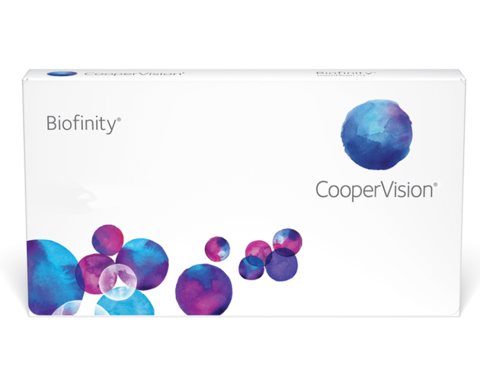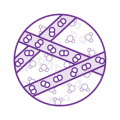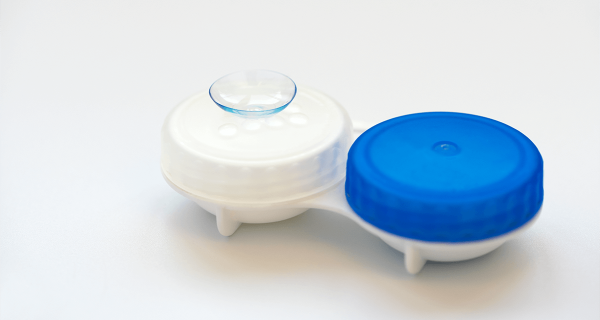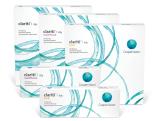
Biofinity® & Biofinity® XR
Biofinity®—committed to innovation, committed to comfort.
If you are looking for monthly contact lenses with no compromise, treat yourself to incredible comfort and clear, crisp vision with Biofinity® silicone hydrogel contact lenses.2,3
Superior, long-lasting comfort2,3: Aquaform® Technology—only available in CooperVision contact lenses—gives increased breathability for an optimal lens-wearing experience. This unique high-performance technology locks in water within the lens, keeping soft contact lenses moist so you always get incredible, long-lasting comfort and clarity.1
Superior vision performance2,3 whether you’re short-sighted or long-sighted.
High breathability is a key feature of Biofinity® contact lenses. The design of these supremely comfortable contact lenses lets your eyes breathe, allowing 100% of the oxygen to reach your eyes4, to help them stay clear and white**
The features you'll love

Monthly replacement schedule combined with the superior, long-lasting comfort and vision of silicone hydrogel contact lenses2,3

Lenses stay moist and comfortable

Naturally wettable, thanks to Aquaform® Technology, for a comfortable lens-wearing experience
Unsure which products are best for you?
Take this four question quiz to discover which of our products may best fit your needs.
Find Your Lens










